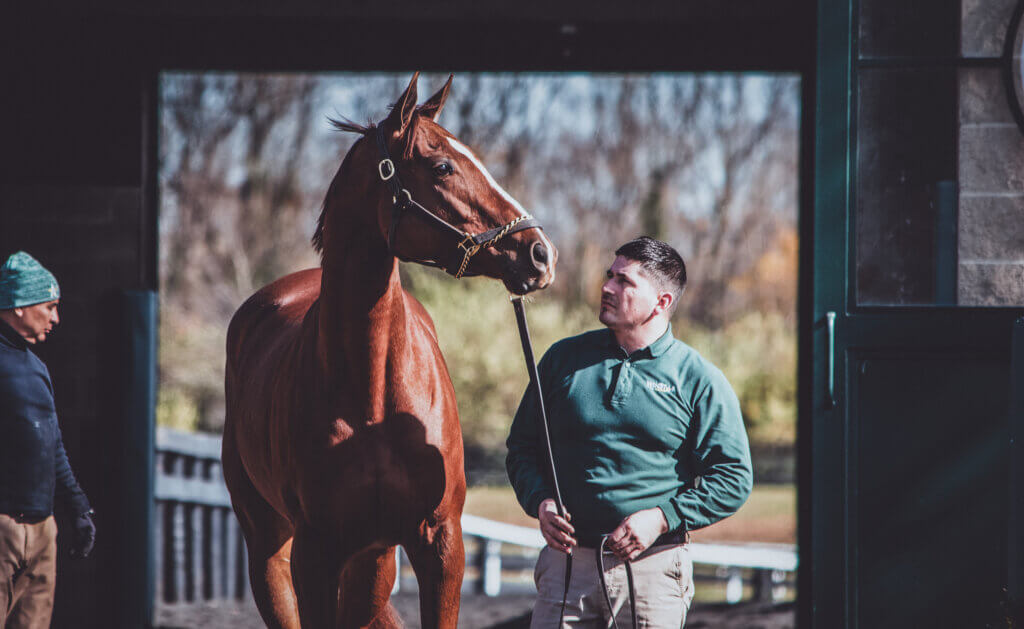Osteochondral injuries, which involve both bone and cartilage, rank as the most frequent musculoskeletal injuries in racehorses. Other injuries include stress fractures, tendon and ligament injuries, and fractures that occur as isolated traumatic events that are unrelated to athletic training. This article focuses purely on those musculoskeletal injuries which are of highest incidence during the training and racing of horses.
In racehorses and indeed all horses, the delicate structures of the carpal and fetlock joints, often likened to human knees and ankles, bear the weight of a horse’s movement and athletic prowess.
Chip Fragmentation and Fractures
Among the common challenges faced by these joints are chip fragments or fractures, often occurring within the joint itself. These fractures, while relatively manageable, are often pathological, stemming from an underlying condition weakening the bone structure rather than direct trauma. They start as small cracks beneath the cartilage due to the rigors of training and racing, eventually breaking off, leading to noticeable changes in the horse’s gait and mobility.
Thankfully, advancements in veterinary care, including digital radiographs and arthroscopic surgery, allow for precise diagnosis and tailored treatment plans. This nuanced approach not only helps avoid unnecessary surgeries but also facilitates early intervention and rehabilitation without compromising the horse’s athletic potential.
Advancements in veterinary care, including digital radiographs and arthroscopic surgery, allow for precise diagnosis and tailored treatment plans
John Doe Tweet
Factors affecting how likely chip fragmentations in the carpus are likely to heal include where they are, how big they are, and how long they’ve been there. In the fetlock joint, the most common fragment is usually in a specific spot called the proximal dorsal rim of the first phalanx, and usually has a good chance of healing based on its size and how advanced the disease is. However, fragments of the sesamoid bone in the fetlock joint can have a more uncertain outcome for returning to racing. The main treatment for chip fragments in both the carpus and fetlock joints is arthroscopic surgery, which has greatly improved our ability to treat these injuries ensuring that the majority of horses recover well and return to racing.
Slab and Condylar Fractures
Slab fractures are another form of musculoskeletal injury in racehorses and occur in the cuboidal bones of the carpus (most commonly the third carpal bone) and in the third and central tarsal bones of the tarsus (hock; backlimb). Similarly to other fractures, these demand delicate attention and surgical intervention for optimal healing. Techniques such as lag screw fixation (insertion of a screw across the fracture site) are able to provide stabilization and compression of the injury. Both arthroscopic visualization and intra-operative digital radiographs allow for the most advantageous placement of the screws, optimizing the horse’s chances of a full athletic career.
With proper care, most undisplaced fractures and 60% of displaced fractures can recover and return to racing.
John Doe Tweet
Condylar fractures, originating in the lower third of cannon bones of the forelimbs and hindlimbs, present another set of challenges. These types of fractures can be displaced or non-displaced and in some cases there may be additional fragmentation. While some non-displaced fractures may heal on their own with rest, the standard treatment involves surgical fixation with screws and monitoring of the joint surface with arthroscopy. With proper care, most undisplaced fractures and 60% of displaced fractures can recover and return to racing.
Catastrophic Fractures
However, in cases of catastrophic fractures where the damage is severe and compromises the horse’s well-being, difficult decisions must be made. Catastrophic fractures are severe breaks that need advanced surgery to stabilize them. These can occur in the lower leg bones or in the sesamoid bones. If the damage is too extensive, the fracture(s) is open (compound; where the skin is broken) or if blood supply is too compromised, humane euthanasia is the only option to avoid long term pain and suffering.
Yet, amid these challenges, there is hope. Trained veterinarians equipped with specialized tools and techniques, such as the Kimsey splint, work tirelessly to provide immediate care and support on-site. Furthermore, ongoing advancements in implants and fracture repair methods continue to improve treatment, offering a beacon of progress in the field of equine medicine and increasingly positive outcomes for racehorses that suffer musculoskeletal injuries.
Find more common questions here.
Sources:
McIlwraith CW, Kawcak CE, Frisbie DD, van Weeren R. Joint Disease in the Horse. 2nd ed. Elsevier, St Louis, MO, 2016, 408pp
McIlwraith CW, Nixon AJ, Wright IM: Diagnostic and Surgical Arthroscopy in the Horse, 4th ed. Elsevier, London, 2014, 453pp.
IM Wright (ed) Fractures in the Horse, Elsevier 2022: 511-545
AJ Nixon (ed) Fracture Repair 2nd edition, Nixon AJ (ed). Wiley Blackwell 2020:320-340



